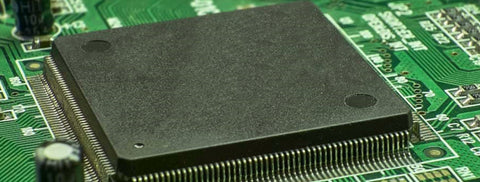
Every PCB assembly manufacturer must adhere to proper cleaning standards. For medical equipment, there is a higher set of cleanliness standards. What are the PCB cleanliness standards that medical devices must meet?
1. Comply with IPC-5704
All medical device development must meet a specific set of quality control standards. Ipc-5704 is a set of standards specifically addressing cleanliness requirements for the manufacture of unassembled printed circuit boards. A large part of this needs to go through the necessary steps to prevent and remove any kind of ionic contamination or other unwanted debris from the Integrated Circuit board.
2. Ultrasonic cleaner
In terms of cleaning methods for prototype pcb assembly manufacturing, this method is the best. This is because ultrasonic cleaning involves a temperature-controlled process that is done at set time intervals. Of course, the solution used in this process will affect the ultimate effectiveness of the method.
3. Automatic cleaning machine
The process involves placing the soldering pcb board in a basket and dipping it into the solution. Once it is taken out of solution, it is then dried. However, it is important to choose a good solution so that any printed circuit board assembly material will not suffer any damage.
4. Manual cleaning
Although rarely used, there is an option to clean printed circuit boards by manual methods. The problem with this approach is that some areas are barely reachable, especially on smaller PCBs. However, for some components, such as the microphone, only the manual method can be used.
